Scientific name Myrsinaceae Rank Family | Higher classification Ericales | |
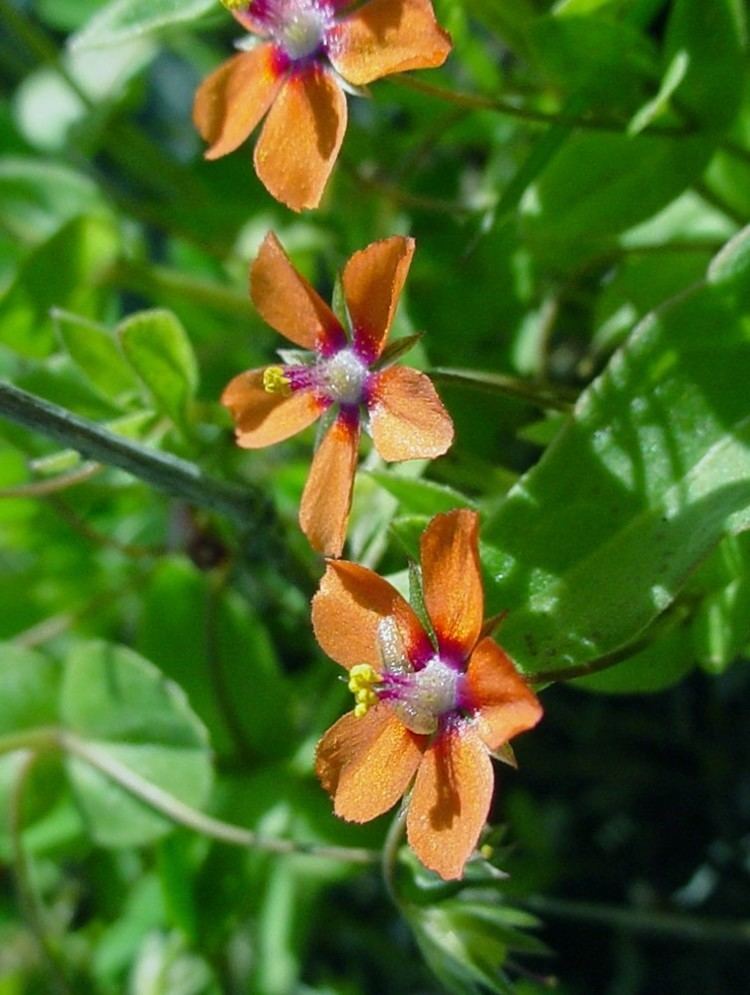 | ||
Lower classifications Ardisia, Ardisia japonica, Ardisia crenata, Myrsine, Embelia | ||
Myrsinaceae, or the myrsine family, was formerly recognized as a rather large family from the order Ericales, consisting of 35 genera and about 1000 species. It is a widespread family found in temperate to tropical climates extending north to Europe, Siberia, Japan, Mexico, and Florida, and south to New Zealand, South America, and South Africa.
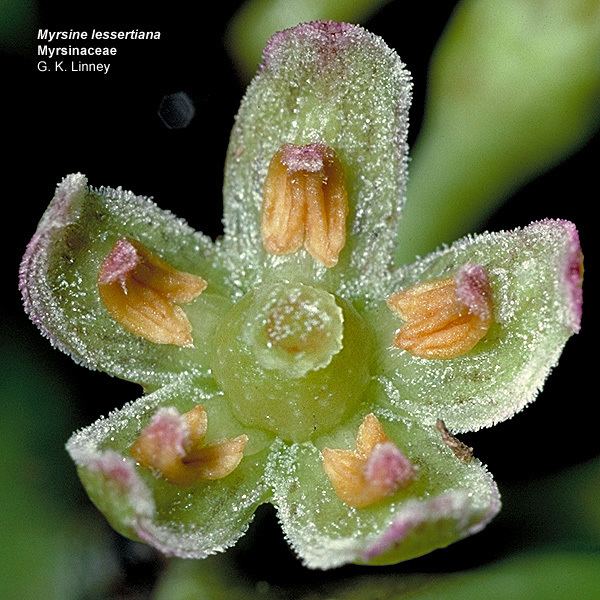
Plants are mostly mesophytic trees and shrubs; a few are lianas or subherbaceous. Their leathery, evergreen leaves are simple and alternate, with smooth margins and without stipules. They are often dotted with glands and resinous cavities. The latter may take the form of secretory lines.
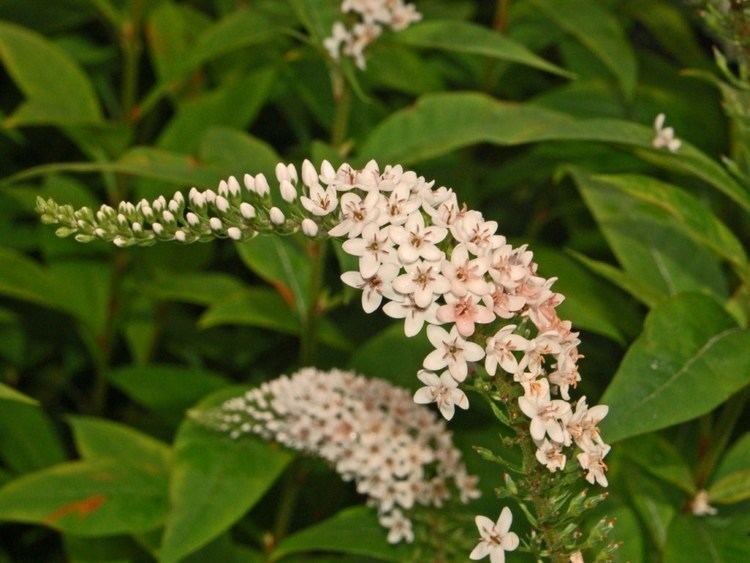
The plants are mostly monoecious, but a few are dioecious. Their small flowers are arranged in racemose terminal clusters, or in the leaf axils. The flowers have four or five sepals and petals. The floral envelope (perianth) has a distinct calyx and corolla. The calyx is regular and polysepalous. The nonfleshy petals of the corolla are more or less united, closely overlapping. The four or five stamens are usually isomerous with the perianth. The carpel has one style and one stigma, with the ovary unilocular, superior or semi-inferior.
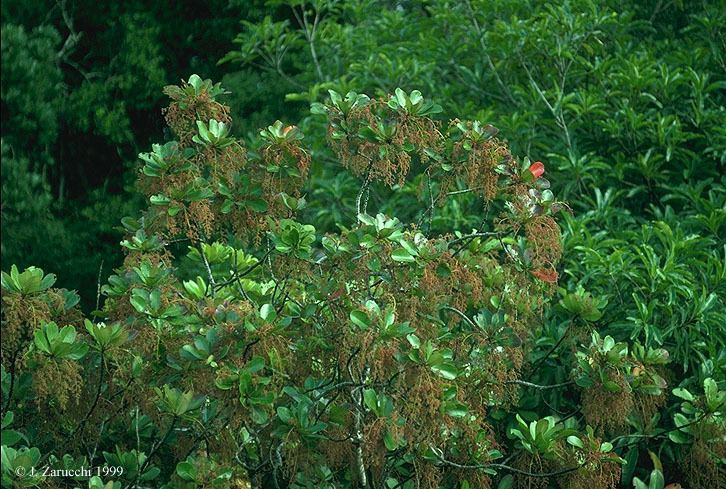
The one-seeded, indehiscent fruit is a thin-fleshed berry or drupe. North American species are the marlberry (Ardisia escalloniodes) and the Florida rapanea (Rapanea punctata).
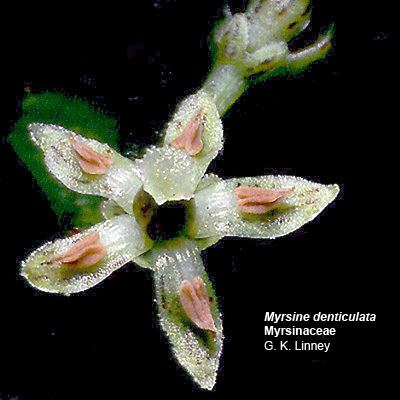
Plants in the myrsine family have few economic uses. A few genera, such as Ardisia, Cyclamen, Lysimachia, and Myrsine, are grown as ornamental plants, especially Ardisia crispa and Myrsine africana. One species, Ardisia japonica (Chinese: 紫金牛; pinyin: zǐjīn niú), is one of the 50 fundamental herbs in traditional Chinese medicine.
In the APG III system, the Myrsinaceae were not recognized, but were sunk into Primulaceae, which in that system is circumscribed very broadly.
Genera
The following genera, traditionally categorized in Primulaceae sensu lata, should, according to Källersjö et al. (2000), belong to the clade of Myrsinaceae s. l.: Anagallis, Ardisiandra, Asterolinon, Coris, Cyclamen, Glaux, Lysimachia, Pelletiera and Trientalis.
